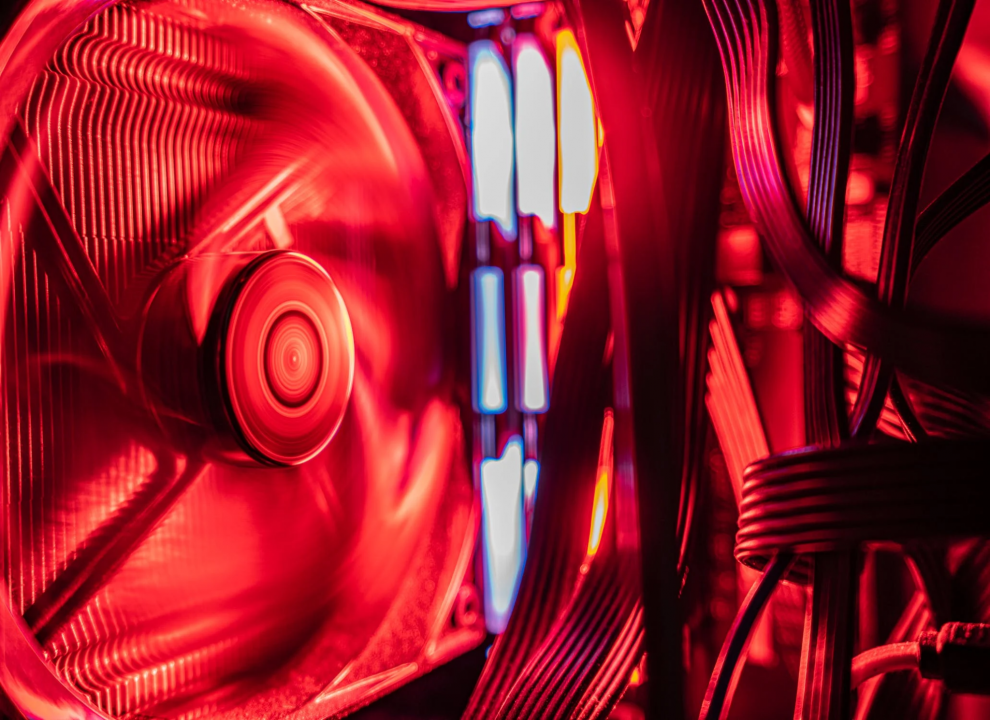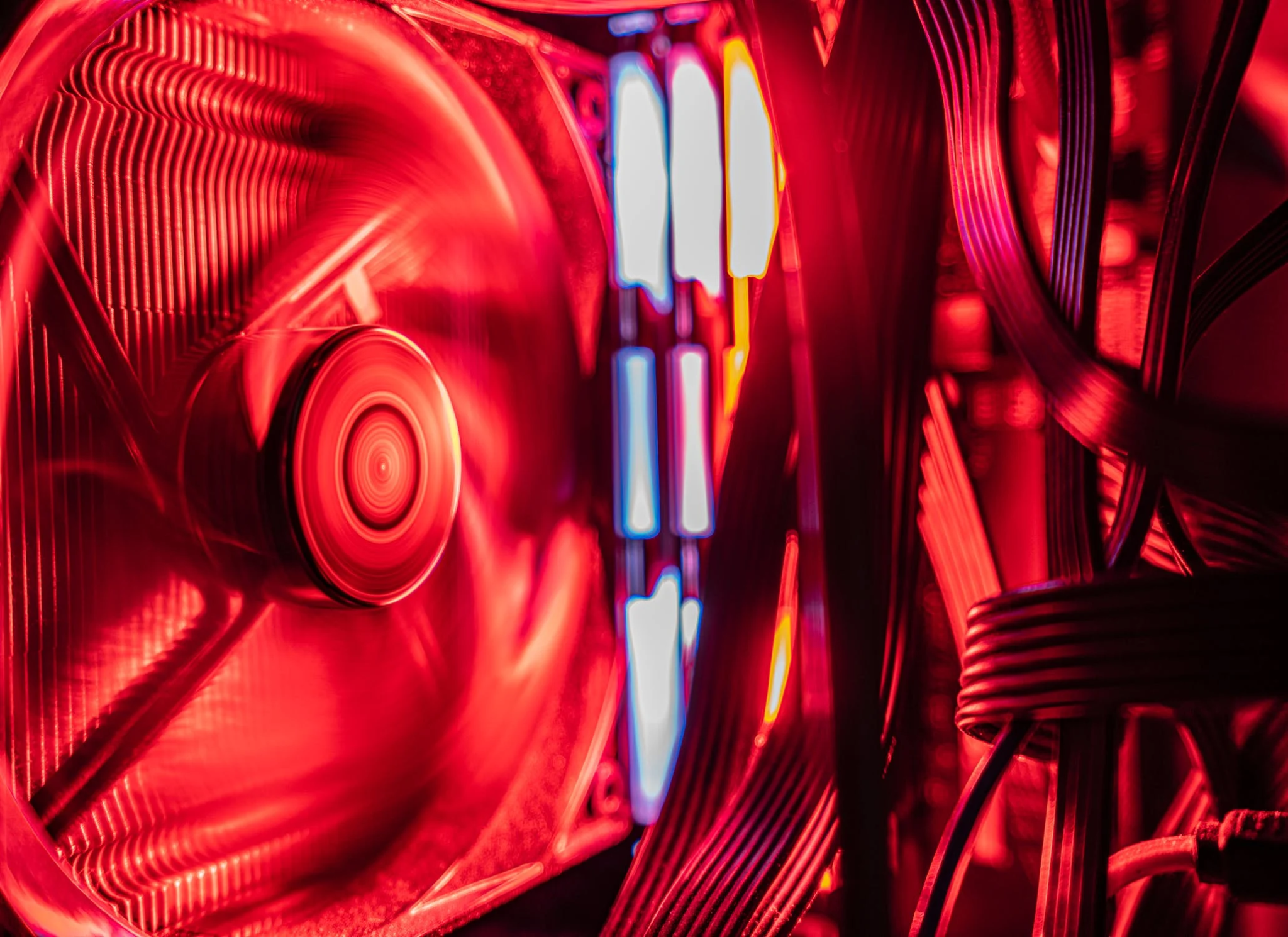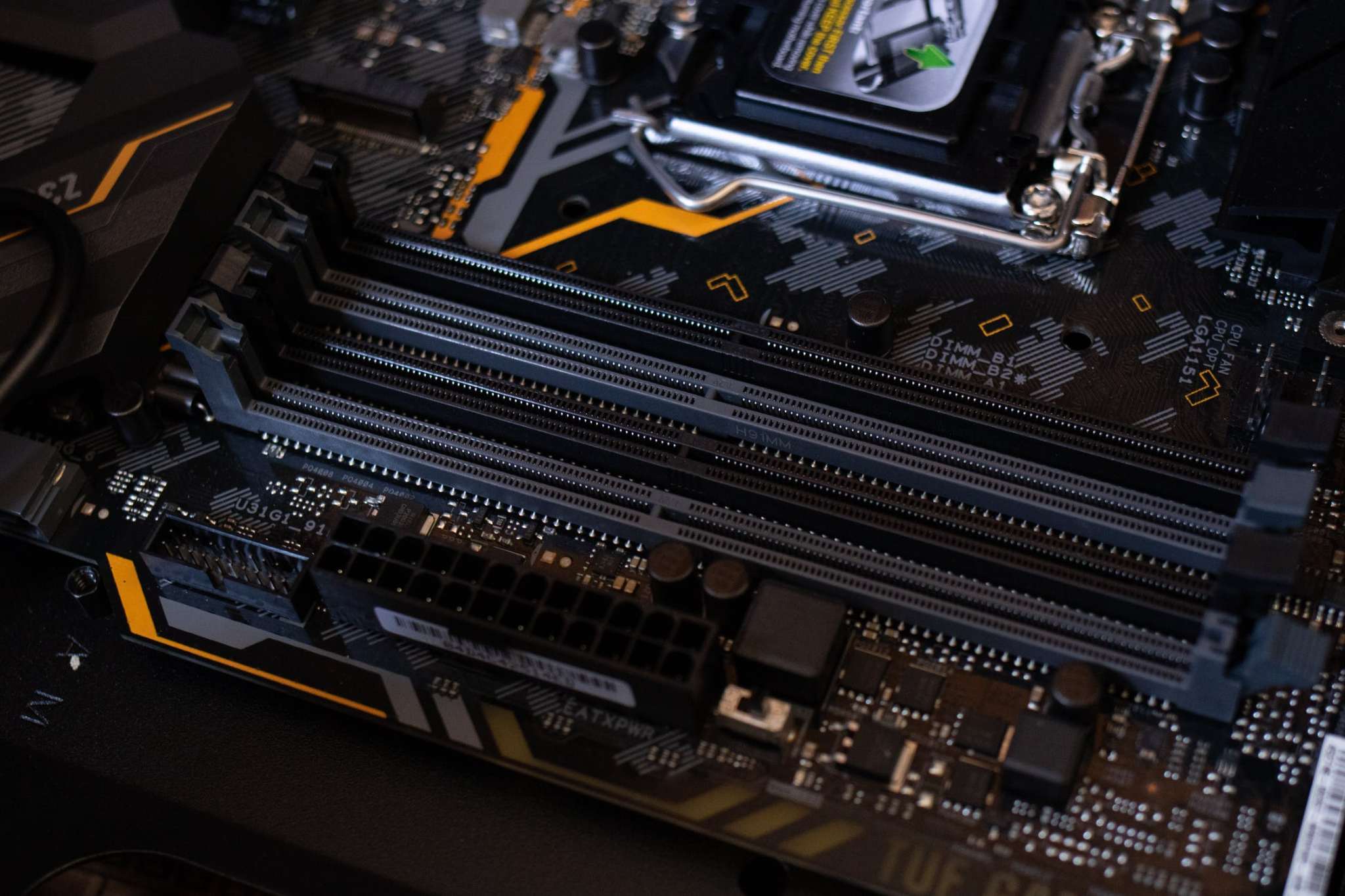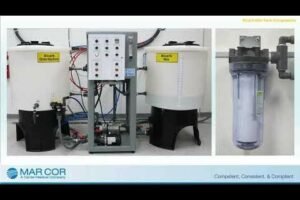The internet is full of a plethora of DIY (do-it-yourself) lists and instructional videos to teach average, everyday Americans everything from changing the oil in an old Jeep Wrangler circa nineteen ninety-one to changing a newborn infant’s diaper. The possibilities are endless and boundlessly creative in their potential.
With how crazy and undependable the world has been for the past few years, more and more people are turning to self-sufficient ways to live more independently and do more activities and skills that they would usually outsource themselves. It’s a creative and home improvement renaissance that has been bubbling up in the zeitgeist.
It should not surprise anyone in the United States that this type of sentiment is spreading into the world of technology, specifically home electronics. Home computers (or “PCs” or “personal computers”), workstations, server rooms, and even laptops are all being treated like Lego sets and being built by part, and the movement is growing.
Let’s talk about computer towers for a second; as an example. Just the fact that, in the current economy, typically servers price out at anywhere from $500 for a small, home-based tower-type server for example, all the way up to the tens of thousands for racks, rooms, or even entire floors of buildings have sometimes been converted to digital storage and networking space for businesses and corporations. Of course it’s becoming popular – it’s accessible!
Below are a few facts about the current state of pricing, availability, and popularity when dealing with building your own PC in the American marketplace. It’s a lot easier than you may think!
Servers
- In internet language, a server is simply a computer that delivers many different types of data and digital information to something called either a “user” or “client machine”. These computers are usually only meant to perform a few tasks, if not just one, for many different clients. When this computer does something, it’s considered what’s called a “service”. These are used by clients. For more information, click here.
- For example, there’s a famously free encyclopedia online that has web servers which contain a service for sending websites over the internet. Your computer (you are a client) “talks” to this encyclopedia’s website service to retrieve those websites for you, presenting them on your screen.
- Hosts for internet games, sharing files, and giving access to hardware in a physical location such as printers or fax machines are other examples.
- Simply put, separate computers are all connected to an even more powerful computer (typically through the internet) called “servers” What these super powerful machines do is keep files and digital information in the form of websites. If you’re connected to the internet, you are accessing these hosts.
- In order for these host machines and their clients to speak with one another, they have to be connected to the internet via a network. Not only that, but they need to both be using the same communication protocol. That’s a set way for computers to speak with other computers, so think of it like computer language (but only for machines). That’s kind of creepy, right? Machines have a secret language.
Graphic Cards
- What a graphic card does (also known as a “GPU”) is complicated. However, the components and principles are very easy to get. They are also known as video cards as that is what they do: show video to you via the screen.
Source: https://computer.howstuffworks.com/graphics-card.htm - If you think of a personal home computer as a company with its own art department, just picture it to be the graphic card. When the business needs art, the art department delivers it. They decide how to make the picture and then they print it. This makes it into a tangible product.
Processors & RAM (Memory)
- Computers operate off of something called RAM (random access memory) which is also the name of an amazing Daft Punk album. It is one of the most important parts in figuring out how good your machine is going to work. It gives programs a place to put and retrieve information quickly and then actively use it.
- If your computer is running more than one program at a time, then you’ll need more random access memory capacity. Solid state drives (also known as SSDs) are very important as they help your motherboard reach its best self in minutes without any verbal affirmation like that of a child.
- The overall performance and speed of your computer is directly related to the amount of RAM you have installed inside of the machine. If your system doesn’t have it enough, it will definitely slow down. However, if you install too much then you’ve wasted a bunch of money as random access memory gets rather pricey. Always check the RAM capacity of the machine you are buying, not just what is pre-installed.
















Add Comment